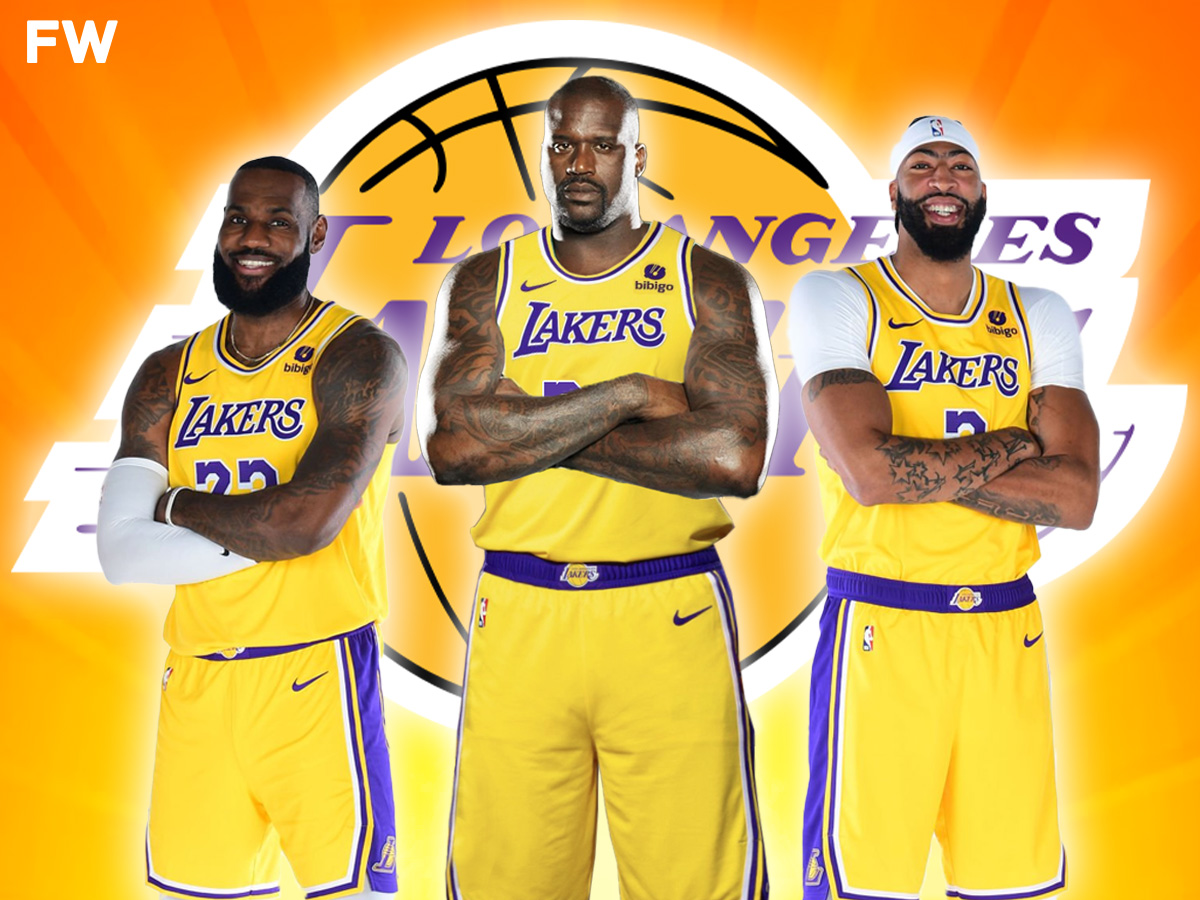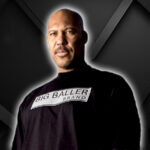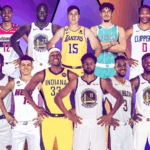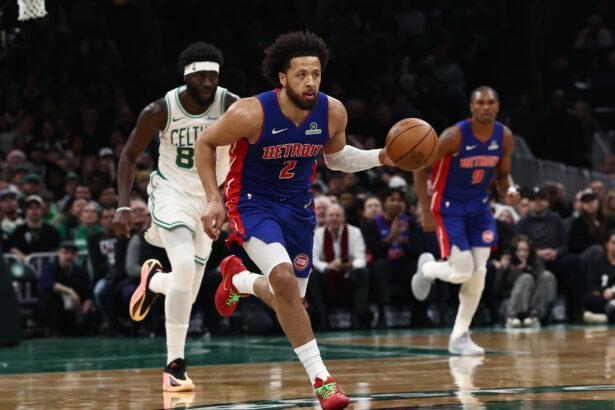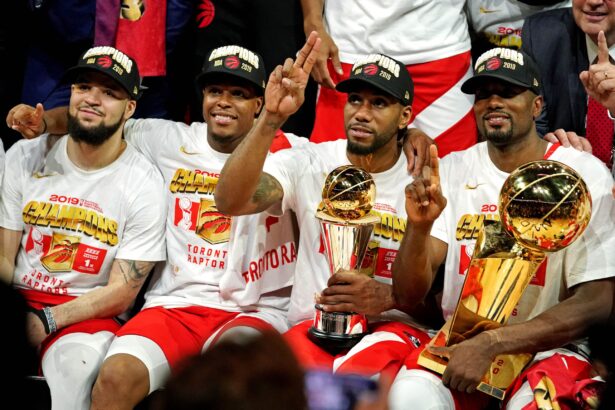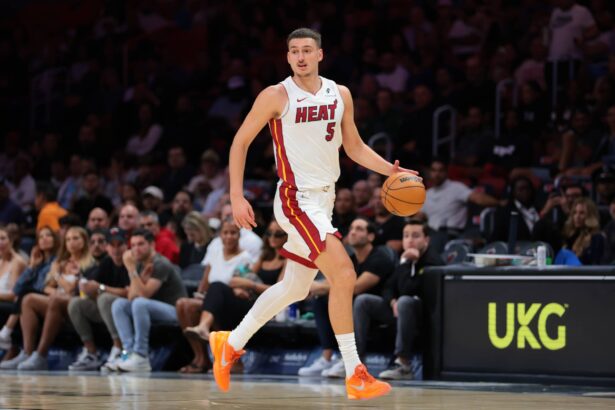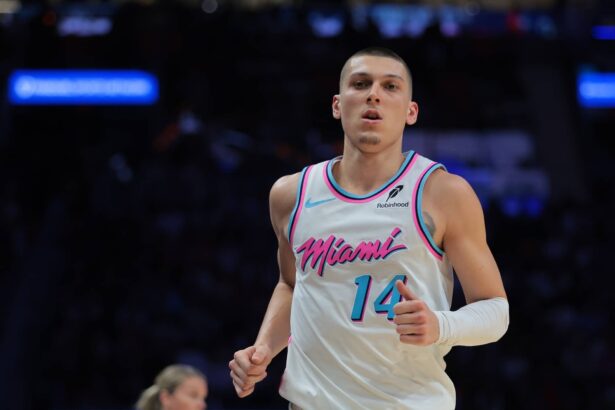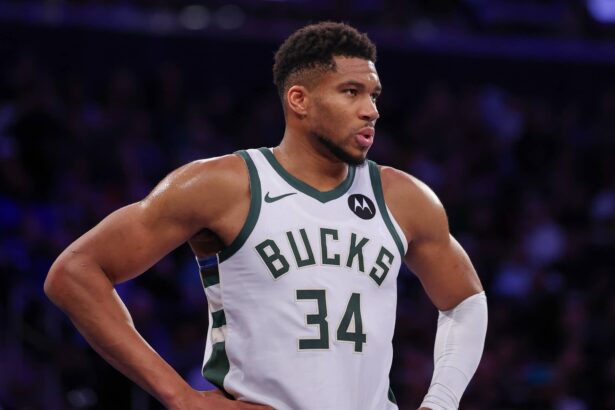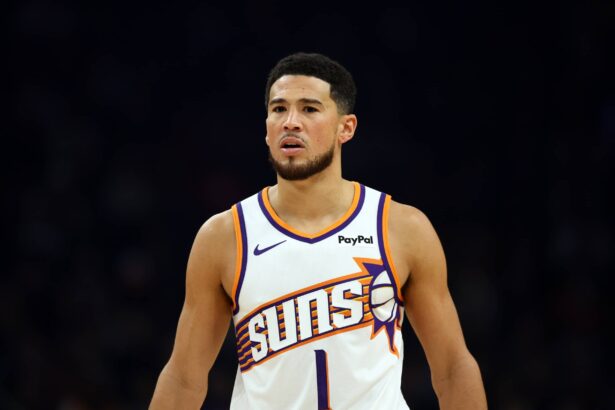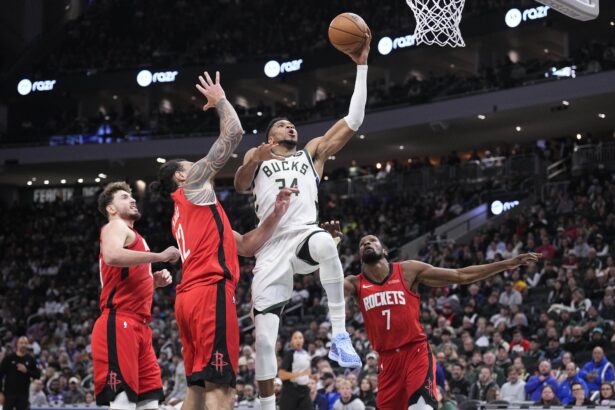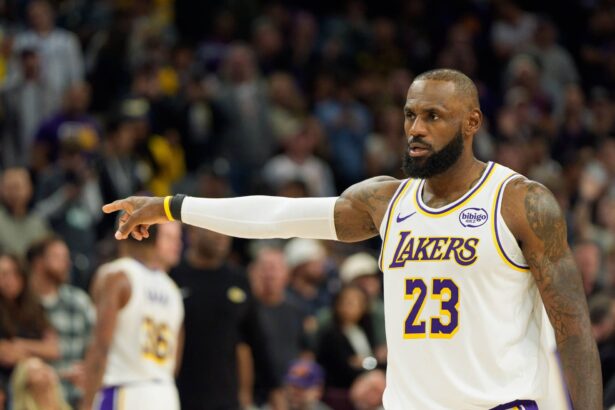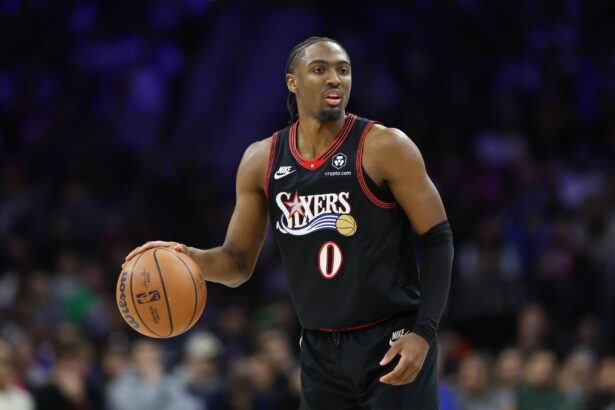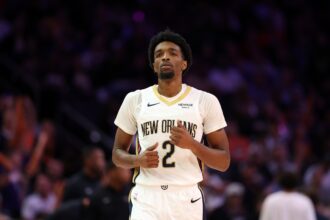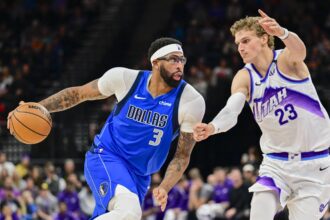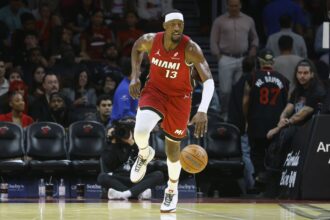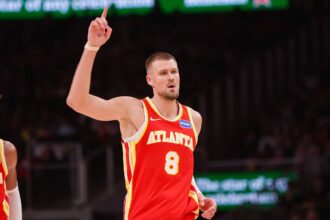- Shaq’s dominance in the 90s and early 2000s was unparalleled
- Today’s NBA, focused on three-pointers, might amplify Shaq’s paint dominance
- Playing alongside superstars like LeBron and AD could impact Shaq’s scoring
Shaquille O’Neal, without a doubt, was one of the most dominant forces the NBA has ever witnessed. His sheer physical presence, combined with his unmatched ability to power through defenders, made him a spectacle during his heydays in the 90s and early 2000s. His recent comparison to today’s NBA sensation, Giannis Antetokounmpo, provides a tantalizing thought: What would Shaq’s impact be in today’s three-point-centric league?
Envisioning Shaq in today’s NBA, particularly in a hypothetical situation with the Los Angeles Lakers alongside LeBron James and Anthony Davis, is thrilling. The NBA today is mesmerized by the long-range prowess of players like Stephen Curry and Damian Lillard. Centers, traditionally Shaq’s direct competitors, are now more inclined to step beyond the arc than to challenge the paint. This evolution raises an intriguing question.
Given today’s “small ball” philosophy, where some teams forgo a traditional center, Shaq would arguably face less opposition in the paint. His unmatched combination of strength, skill, and agility would likely make him an even greater threat. A hypothetical average of 35-40 points per game seems plausible.
However, co-existing with ball-dominant stars like LeBron and AD introduces another variable. Both are superstars in their prime who would also demand their share of possessions. This dynamic might slightly reduce Shaq’s scoring opportunities. Factoring this in, a more conservative estimate might place his scoring average around 30-32 PPG.
In the midst of the three-point revolution, a prime Shaq would indeed be a sight to behold. It’s an exciting thought experiment that underscores Shaq’s timeless greatness and the ever-evolving nature of the NBA.
Shaquille O’Neal Thinks He Was Giannis Antetokounmpo In The 90s
The NBA has seen its fair share of dominant players over the years, but few have left as lasting an impression as Shaquille O’Neal. The 7-foot-1 center was a force of nature on the court during his prime in the 90s, combining size, strength, and surprising agility to wreak havoc on his opponents. Recently, Shaq drew a parallel between his playing style and that of the current NBA superstar, Giannis Antetokounmpo.
In a captivating throwback video shared by Shaq, he is seen representing Team USA. The clip captures him grabbing a rebound, and rather than offloading the ball to a guard as most centers would, he channels his inner point guard. Shaq dribbles the ball from one end of the court to the other, navigating through defenders with a grace uncommon for someone of his stature, and finishes with a powerful dunk. It’s a sequence reminiscent of the fast-break drives that have become a signature move for the ‘Greek Freak’, Giannis Antetokounmpo.
https://www.instagram.com/p/p:Cx8dMj6Rg_M
Shaq’s comparison to Giannis is intriguing. Both players, despite their massive frames, have showcased the ability to handle the ball and run the floor with the finesse of guards. Giannis, much like Shaq in his prime, uses his combination of size, speed, and skill to drive to the basket, often bulldozing through or soaring over defenders.
The comparison underscores an important aspect of basketball evolution. While the game has seen significant shifts in style and strategy over the decades, certain attributes remain timeless. Shaq’s coast-to-coast play is a testament to his versatility as a player. By likening himself to Giannis, he not only pays a compliment to the reigning NBA Finals MVP but also reminds fans of the dynamism he brought to the hardwood.
In drawing this parallel, Shaq celebrates the unique blend of power and agility that both he and Giannis possess. It’s a nod to the past while recognizing the brilliance of the present.
Shaquille O’Neal Would Be Unstoppable In Today’s NBA
When the discussion veers towards the most dominant players in NBA history, Shaquille O’Neal’s name invariably crops up. Standing at a towering 7-foot-1 and weighing over 320 pounds in his prime, Shaq wasn’t just big – he was a force of nature. The sheer magnitude of his physical presence, combined with his agility and basketball IQ, made him one of the most formidable players the league has ever seen. Given his undeniable prowess, one can’t help but wonder: How would Shaq fare in today’s NBA? The answer, many believe, is that he would be utterly unstoppable.
Today’s NBA is characterized by its fast-paced gameplay, with a considerable emphasis on shooting from beyond the arc. The era of the traditional big man, who would camp in the post and bank on back-to-the-basket moves, has seemingly dwindled. However, Shaq wasn’t just any traditional big man. His combination of strength and speed allowed him to bulldoze through defenses, while his soft touch around the rim ensured that he could finish with finesse. In an era where many teams are opting for small-ball lineups, the dearth of genuine centers would mean Shaq would face little to no resistance in the paint.
That said, there would be challenges for the big man. The Achilles heel in Shaq’s game was always his free-throw shooting. With a career average of just over 52.7%, he was often a target of the “Hack-a-Shaq” strategy, where opponents would intentionally foul him, betting on him to miss his free throws. In today’s analytical-driven NBA, teams would likely employ this tactic even more, especially in close games.
However, while his free throw woes might be a vulnerability, the sheer impact he would have on the floor would more than compensate. The modern game’s spacing would give Shaq more room to operate, making double-teaming him even riskier. With his unparalleled dominance in the paint and the ability to change the course of a game single-handedly, Shaquille O’Neal, in his prime, would not just fit into today’s NBA – he would redefine it.
We sincerely appreciate and respect you as a reader of our site. It would help us a lot if you follow us on Google News because of the latest update.
Thanks for following us. We really appreciate your support.

